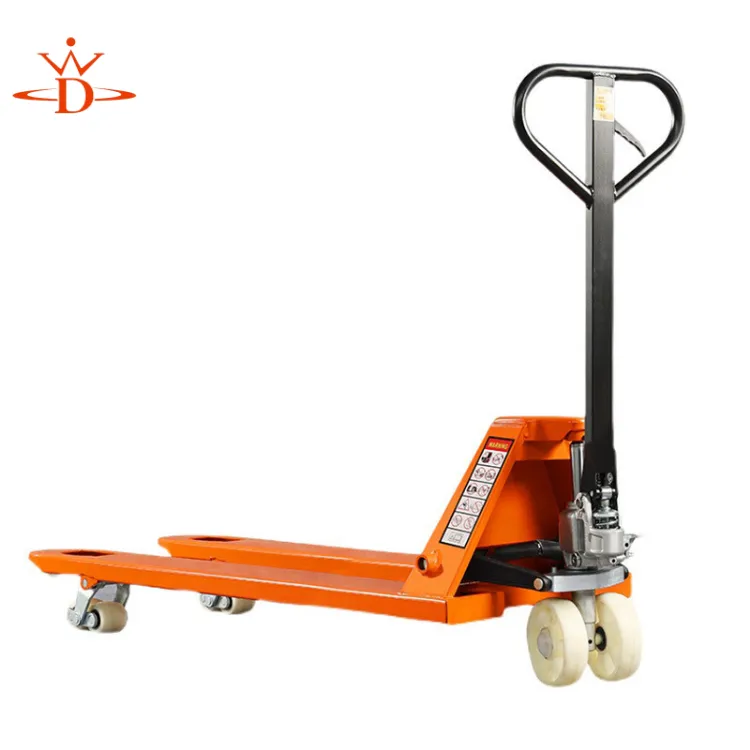rollers for moving heavy equipment
The Importance of Rollers for Moving Heavy Equipment
In various industries, the transportation and relocation of heavy equipment pose significant challenges. Whether it's in construction, manufacturing, or warehousing, moving bulky machinery requires careful planning and execution. One highly effective solution to this problem is the use of rollers, which facilitate the smooth movement of heavy equipment from one location to another. This article explores the advantages of using rollers, the types available, and best practices for their utilization.
Advantages of Using Rollers
The primary benefit of using rollers is their ability to significantly reduce friction. Traditional methods of moving heavy equipment often involve brute force or the use of lift trucks, both of which can be inefficient and pose safety risks. Rollers, on the other hand, allow heavy machines to glide across surfaces with minimal resistance, drastically cutting down on the effort required to relocate them. This not only saves time but also minimizes wear and tear on both the equipment being moved and the surfaces over which they are being transported.
Moreover, employing rollers enhances safety. Moving heavy equipment can be risky, especially in environments with limited space. Rollers enable workers to maneuver machinery slowly and carefully, decreasing the likelihood of accidents and injuries. Furthermore, they can also help prevent damage to the equipment itself, which can be costly to repair and may lead to downtime in operations.
Types of Rollers
Rollers come in various forms, including cylindrical rollers, tapered rollers, and specialized heavy-duty options designed for specific applications.
1. Cylindrical Rollers These are the most common type and can be used for general purposes. They are suitable for moving a wide range of equipment and are versatile in their applications.
2. Tapered Rollers These rollers are designed for more specialized tasks. They facilitate easier movement across uneven surfaces and can help in aligning heavy machinery during placement.
3. Heavy-duty Rollers Specifically fabricated to withstand the immense weight of industrial machines, heavy-duty rollers are built from robust materials capable of supporting substantial loads without degrading over time.
rollers for moving heavy equipment

Each type of roller has its unique utility, and selecting the right type is crucial for ensuring efficient and safe movement of heavy equipment
.Best Practices for Using Rollers
To maximize the effectiveness of rollers in moving heavy equipment, it is essential to follow certain best practices.
1. Assess the Weight and Dimensions Before utilizing rollers, determine the weight and size of the equipment to ensure that the selected rollers can handle the load without risk of failure.
2. Surface Condition Examine the surface over which the equipment will be moved. Smooth, even surfaces facilitate easier movement and reduce the risk of accidents.
3. Secure the Load Always ensure that the equipment is securely fastened to prevent any shifting during transportation. Using straps or chains can provide additional security.
4. Team Coordination Moving heavy equipment should involve a clear communication strategy among team members. Assign roles and establish signals to ensure that everyone is aware of their responsibilities during the moving process.
5. Continuous Monitoring As the movement progresses, continuously monitor the equipment and the rollers for any signs of strain or misalignment. This proactive approach can prevent mishaps before they escalate.
Conclusion
In conclusion, rollers are an invaluable tool for efficiently and safely moving heavy equipment across various industrial settings. Their ability to reduce friction, enhance safety, and facilitate smooth transportation makes them essential in today’s fast-paced work environments. By understanding the different types of rollers and implementing best practices, organizations can significantly improve their operational efficiency while minimizing risks. Investing in the right rollers will not only streamline processes but also promote a safer workplace for everyone involved.
-
Unlock Seamless Relocation with Our Heavy Equipment Moving ExpertiseNewsJun.06,2025
-
Unleash Unrivaled Flexibility with Our Adjustable Gantry CraneNewsJun.06,2025
-
Unleash Heavy-Duty Efficiency with Our Industrial Gantry Crane SolutionsNewsJun.06,2025
-
Revolutionize Steel Handling with Our Magnetic Lifter RangeNewsJun.06,2025
-
Master Equipment Mobility with Premium Machinery Mover SolutionsNewsJun.06,2025
-
Elevate Your Material Handling with Magnetic Lifter TechnologyNewsJun.06,2025
-
YS Permanent Lifting Magnets: The Smarter Way to Handle SteelNewsMay.22,2025
